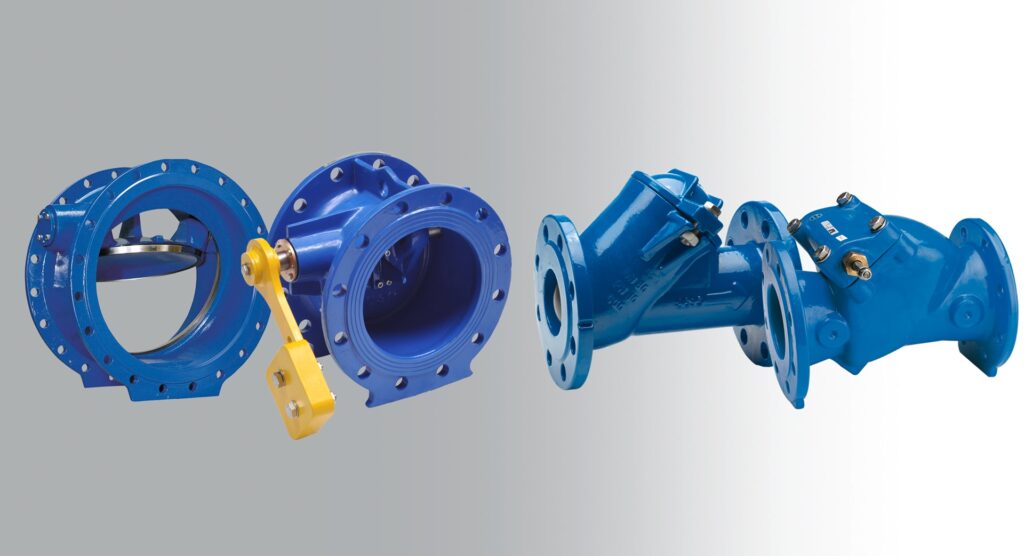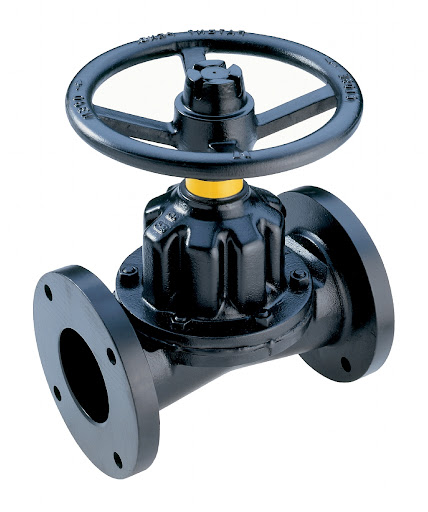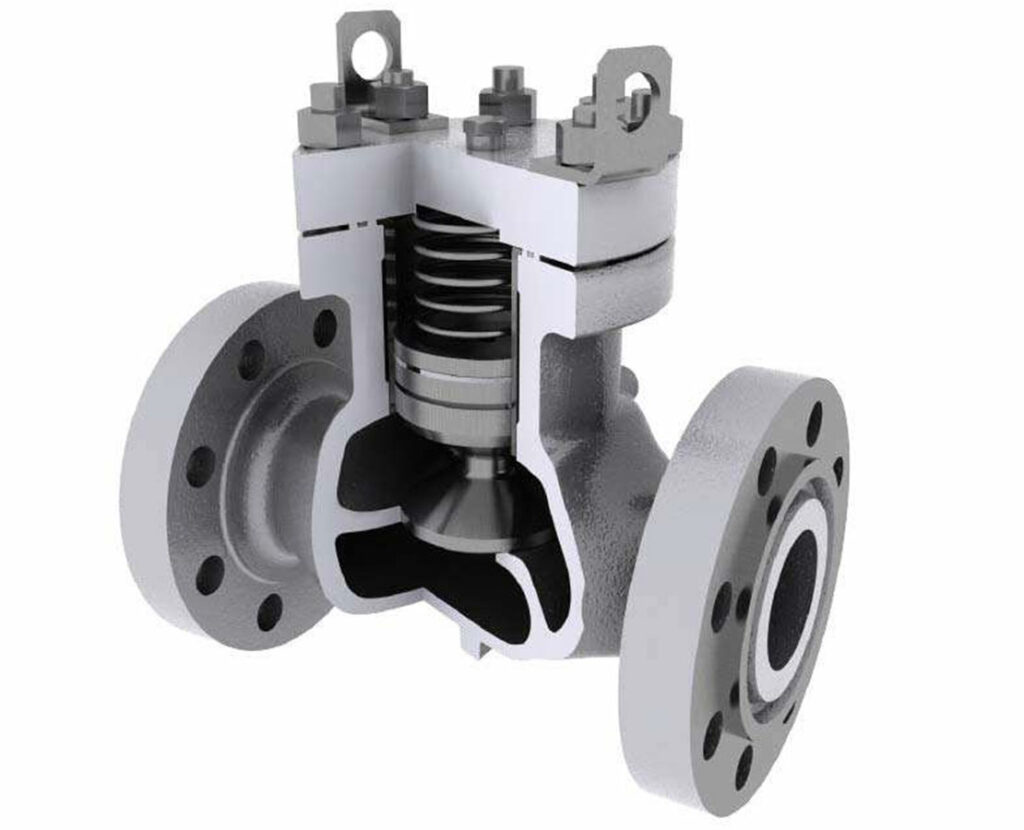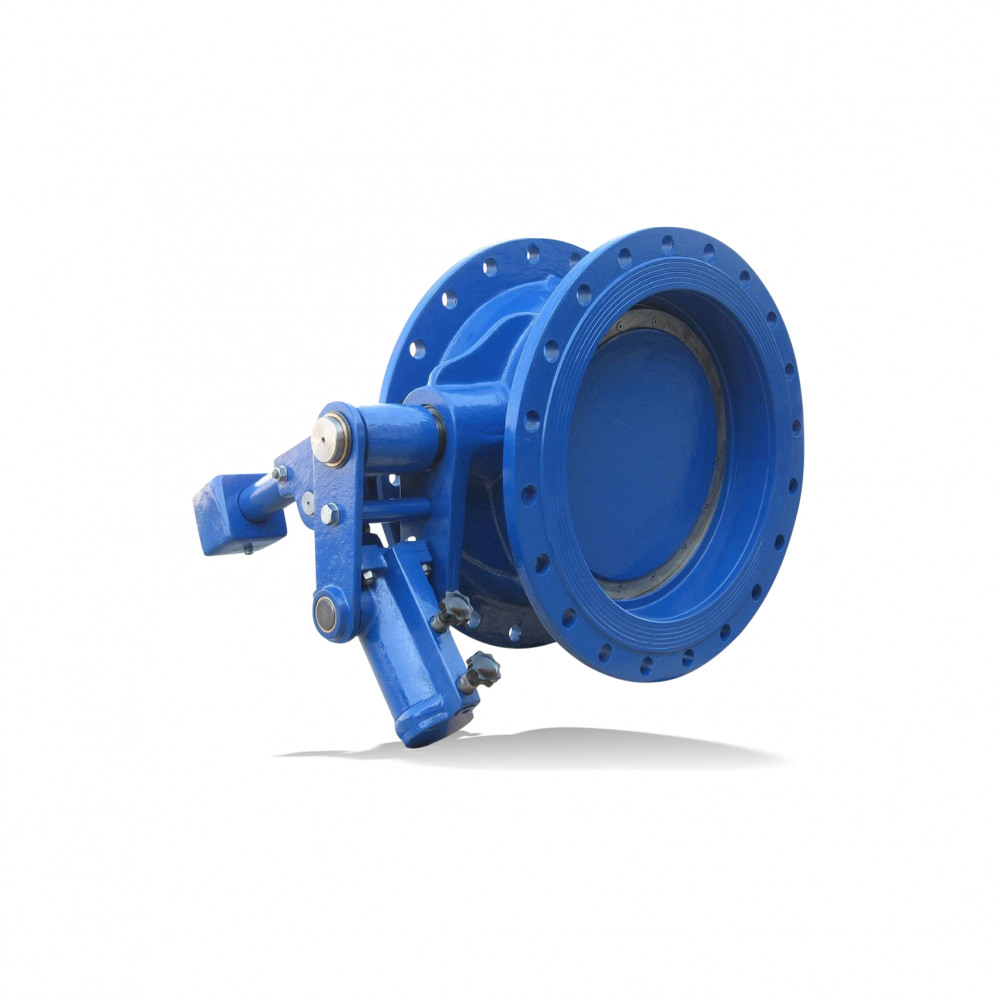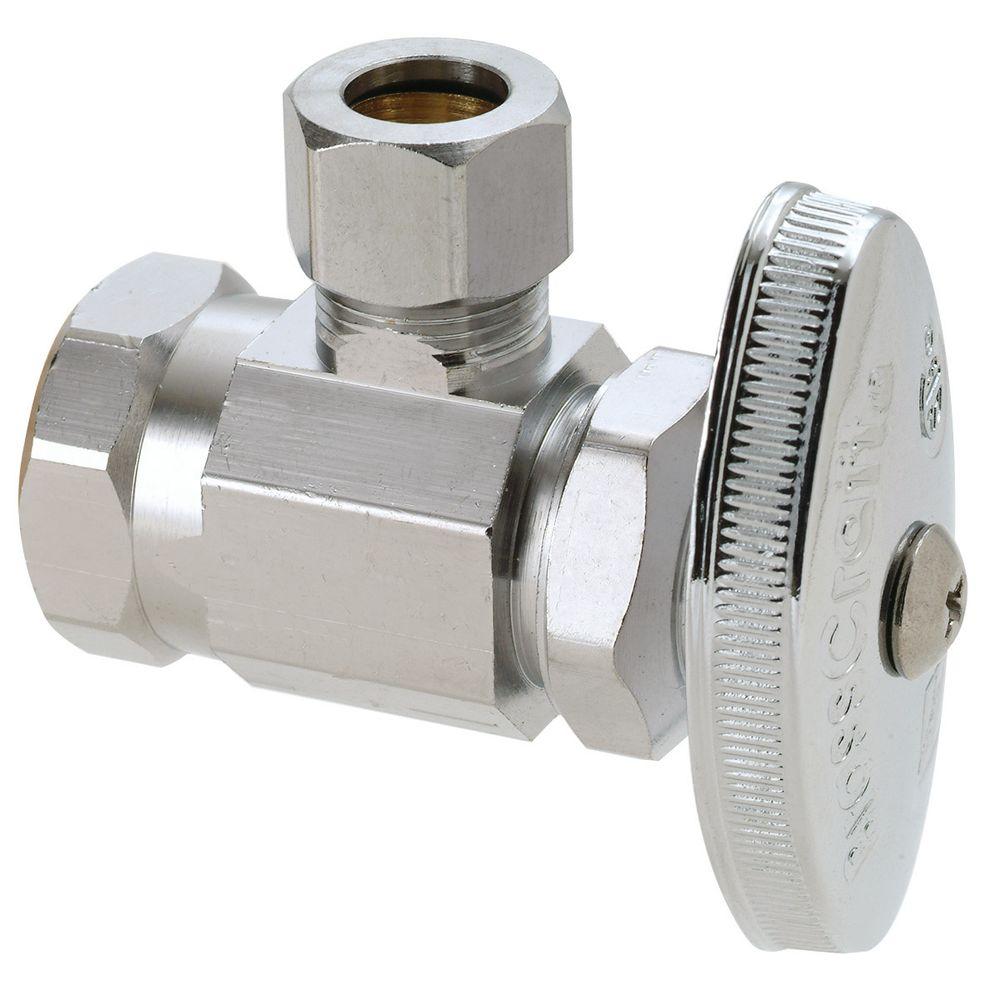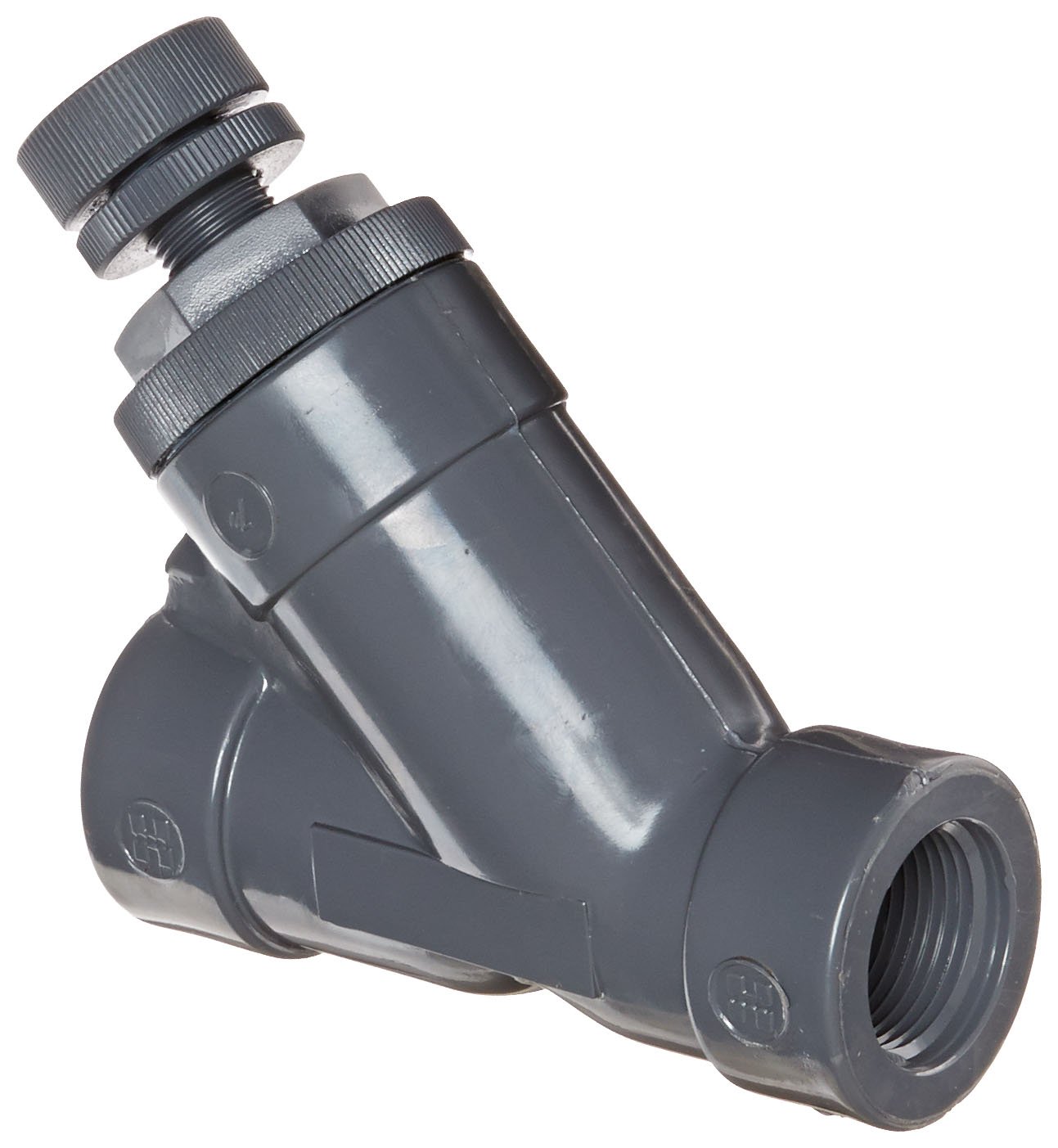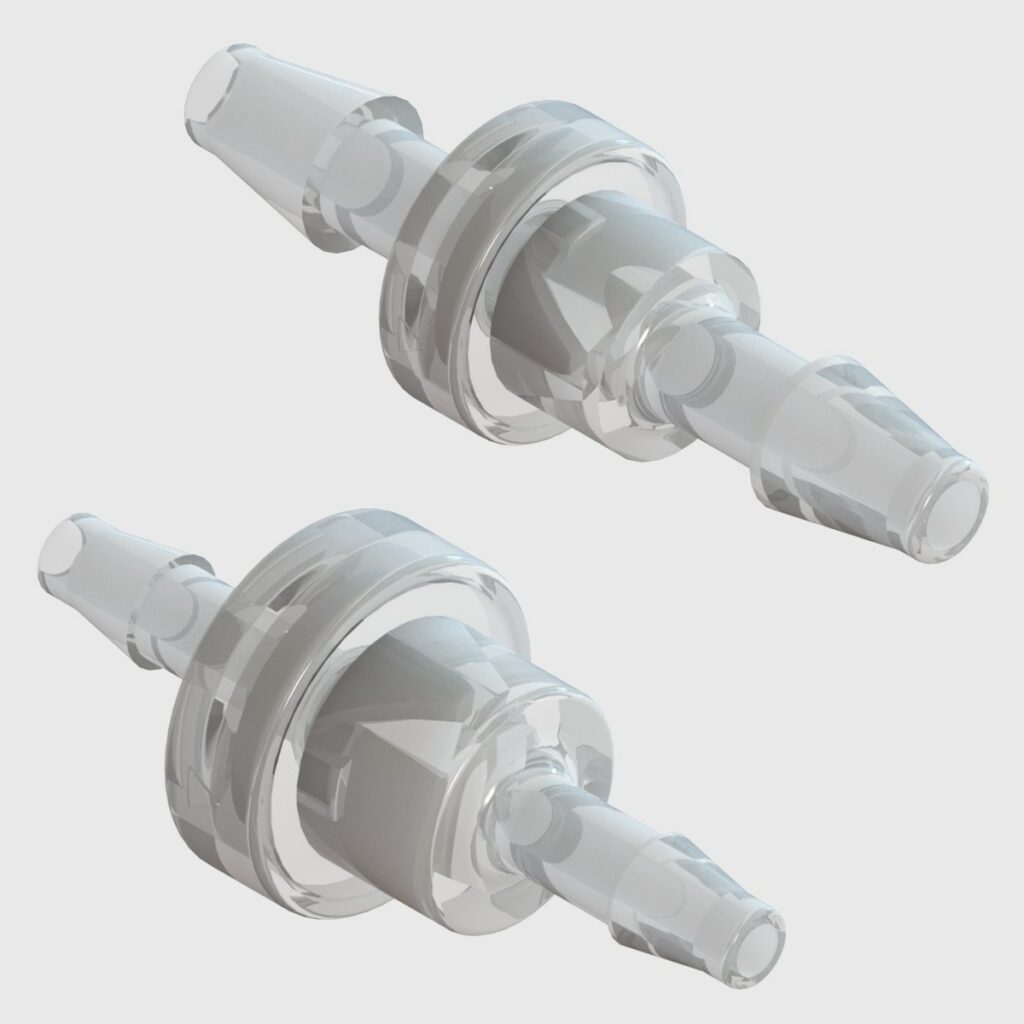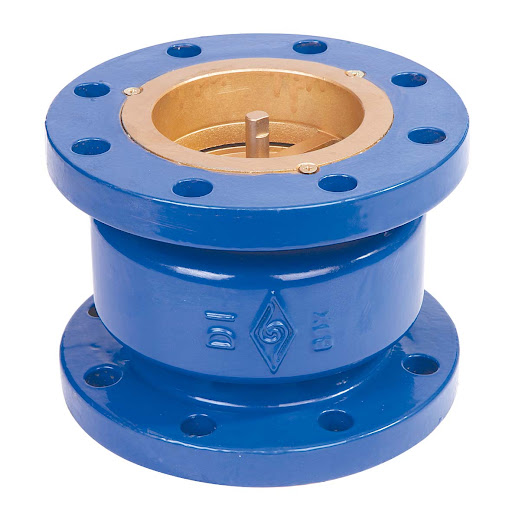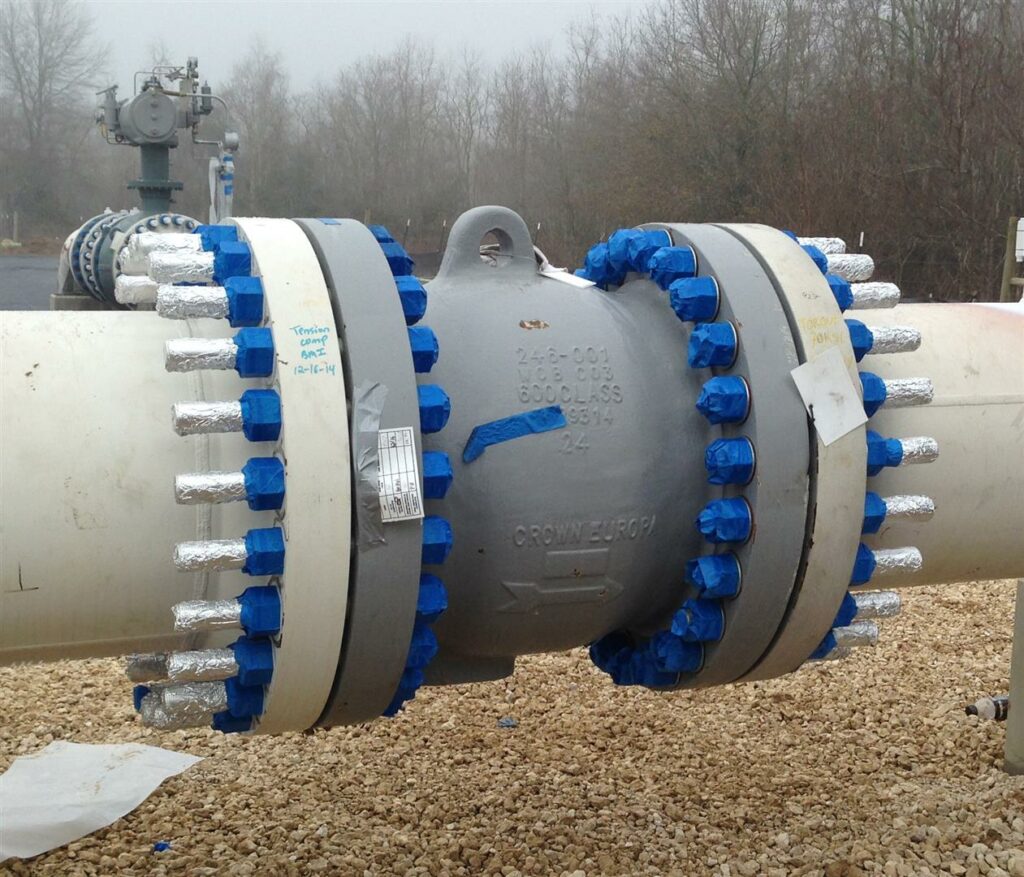Check valves are found in almost every industrial application acting as one-way or non-return valves. Check valves are simple devices that perform a vital function by preventing reverse flows, therefore preventing damage and ensuring efficient operations. Different types of check valves are designed for a specific application. To help you choose the right check valve for your needs, here are a few of the most common types of check valves and their recommended applications. Follow this new blog in Linquip to find out more.
Different Types of Check Valves
- Lift Check Valve
- Ball Check Valve
- Swing Check Valve
- Top-hinged Check Valve
- Tilting Disc Check Valve
- Butterfly Check Valve
- Stop Check Valve
- Diaphragm Check Valve
- Spring Loaded Check Valve
- Spring Loaded in-line valve
- Spring Loaded Y-valve
- Foot Check Valve
- Duckbill Check Valve
- Wafer Check Valve
- Silent Check Valve
- Pneumatic Check Valve
- Non-slam Check Valve
The most common types of check valves are explained below.
Lift Check Valve
Lift-check valves feature a guided disc and a similar seating arrangement as globe valves. The disc is usually in the form of a piston or a ball. There are three body patterns (horizontal, angle, and vertical) that can be installed in horizontal or vertical lines with upward flow.
When the flow enters below the seat, a disk is raised from the seat by the pressure of the upward flow. When the flow stops or reverses, the backflow and gravity forced the disk downward to set on the seat.
Lift check valves are particularly suitable for high-pressure service where the velocity of flow is high. They are commonly used in high-rise buildings, industrial and power plant applications, and water and wastewater applications. They have no external moving parts and are known to be economical and reliable. Over time, these types of check valves can have high energy costs because the disc remains in the flow stream during operation.
There are two types of lift check valves:
Piston Check Valve
This type of check valve is also known as a plug check valve. It operates by controlling the flow of fluid in a piping system utilizing the linear motion of a piston within the valve chamber. Sometimes the piston has a spring attached, which helps it stay in the closed position when not in use.
Ball Check Valve
The ball check valve operates simply using gravity. When there is enough pressure in the flow, the ball is lifted upward, and when the pressure is decreased, the ball rolls down and closes the opening. Ball Check Valves come in a wide range of material types and style types.
Swing Check Valve
Swing check valves utilize a disc inside the valve to allow or stop the flow of the piping system. As the fluid flows through in the correct direction, the pressure forces the disc to open and stay open. As the pressure decreases, the valve disc closes, stopping the flow of the fluid from reversing. They are inexpensive and as they are automatic they do not require any external power or control to operate; only the flow direction determines the valve operation.
These types of check valves are common in applications with a high solids percentage and lower on/off cycle count.
There are two types of swing check valves we should look at:
Top-hinged Check Valve
In this type of swing check valve, the disc is attached to the inner top of the valve with a hinge that allows the disc to open and close.
Tilting Disc Check Valve
This type of swing check valve is designed in a manner that allows the valve to fully open at lower flow pressure and to close quickly. It does this using a dome-shaped disc that is spring-loaded to make the valve close faster than a top-hinged valve. Additionally, the disc in this check valve floats so that the liquid flows on the top and bottom of the disc surfaces.
These types of check valves are most commonly used to prevent flooding in sewage systems and firefighting applications. They are used in systems that move liquids, gases, and other kinds of media.
Butterfly Check Valve
A butterfly check valve is known as a dual plate check valve, folding disc check valve, double-disc, or splits disc check valve. As the name suggests, two halves of the disk move towards the centerline with the forward flow, and with reverse flow two halves open and rest on the seat to close the flow.
These types of check valves are good for low-pressure liquid systems as well as gas piping systems. Its lightweight and compact construction make it a preferable choice when space and convenience are important. Besides, it is 80 to 90% lighter than the conventional full body check valve and the cost of installation and maintenance is lower compared to other types.
Stop Check Valve
A stop-check valve is basically, two valves built into one body. It can act as a globe valve for isolation or regulation purposes. Again, It can act as a check valve to prevent backflow. Contrary to other check valves, the Stop check valve has an additional external control mechanism in perpendicular or angular direction. Stop Check valves are popular in steam services like power plants, boiler circulation, steam generators, turbine cooling, and safety systems.
Diaphragm Check Valve
Diaphragm valves utilize a flexible rubber membrane that opens up when inlet pressure increases and overcomes the elasticity of the rubber. Unlike some other valve types, diaphragm valves respond at minimal cracking pressures for their opening. As upstream fluid pressure rises, the diaphragm flexes increasingly, allowing more fluid to flow.
As backpressure builds up, the diaphragm is forced against its seat, blocking the reverse flow. The valves are commonly used in low-pressure industrial piping systems and vacuum pipelines.
Spring Loaded Check Valve
A spring-loaded check valve incorporates a spring to assist in closing the check valve. They are designed to close prior to fluid flow reversal. Preventing backflow eliminates the hydraulic shock also known as water hammer which is a result of the sudden fluid stoppage of flow in a fluid process system.
There are two types of Spring Loaded Check Valves: Spring Loaded in-line valves and Spring-loaded Y-valves.
Spring Loaded in-line valve
These valves employ a centrally guided stem-disc assembly along with a compression spring. To open the valve, the flow pressure must be more than the spring force and cracking pressure. In that case, the flow pushes the disc allowing the flow. When the inlet pressure reduces, the spring pushes the disc against the orifice and shuts the valve.
Spring-loaded Y-valve
The operating principle of Spring-loaded y-check valves is similar to in-line check valves. The only difference is that the spring and movable disc are located at an angle to form a ‘y’ shape. The main advantage of Y-type check valves is that they can be inspected and serviced while the valve is still connected to the system.
Foot Check Valve
This type of valve is an in-line ball check valve with spring assistance. This helps the valve to maintain or allow the flow only in one direction whereas block the passage in the reverse direction.
These valves are designed for installation at the bottom, or the inlet ports of multiple piping systems, and act as mechanisms that prevent gravitational backflows. The valve has a screen – or a filtration shield that blocks debris and foreign matter from entering the upstream line. Foot valves feature wider inlet openings as compared to upstream pipes, to minimize pressure losses. Foot valves are commonly used with hydraulic and pneumatic pumps, intake pumps and sump pumps, wells, ponds, and pools.
Duckbill Check Valve
Duckbill check valves are flow-sensitive, variable-area, types of check valves. They get their name from their shape which consists of two flaps shaped like a duck’s bill. This check valve uses a soft tube that changes its shape according to the flow direction and hence, ensures the unidirectional flow of fluid inside the valve. If the fluid is flowing in a forwarding direction, the end of the soft tube changes its shape into the diverging type and allowing the fluid to pass easily. As, the fluid reverses its direction, the end of the soft tube becomes converging and restricts the fluid to enter into it.
Wafer Check Valve
A wafer check valve consists of two half-circle disks hinged together. The two disks fold together upon the positive flow and retract to a full circle to close against reverse flow. Wafer check valves were designed as a smaller, less expensive option from lift and swing check valves.
They are designed to fit between a set of flanges. The disc in disc check valves moves in a plane at right angles to the flow of the fluid, resisted by the spring that is held in place by the retainer. As the upstream pressure increases and overcomes the force of the spring, and the weight of the disc, the disc lifts off its seat allowing flow through the valve. The spring allows the valve to be installed in any direction. These should not be confused with a double check valve, which is an assembly that contains two distinct check valves.
Wafer check valves are ideal for services requiring low-pressure loss as the valve operation takes place at a very low-pressure difference.
Silent Check Valve
Silent check valves, also called poppet check valves, are known for their quiet closure. These valves are constructed with a spring-assisted disc. Flow pushes the disc to allow forward flow. When the pump is stopped, a compression spring pushes the disc into the seat before flow reverses, hence the silent closure.
These valves are engineered to control and protect against pressure surges that can occur in water lines. They also work to prevent water hammers and reverse flow. Silent check valves are most commonly used in clean water applications with a high head.
Watch Video about types of check valves
Pneumatic Check Valve
Pneumatic check valves, or air check valves, control airflow from a compressor by letting air in and preventing it from going out. They are placed in pneumatic circuits that need airflow in one direction. They are often simply just called one-way air valves. The most common application is for an air compressor. They allow the compressor to keep certain parts pressurized and other parts de-pressurized. They can be located on a piston compressor (inlet and outlet), air receiver, discharge pipe, etc.
Non-slam Check Valve
As their name implies, these valves close without slamming, meaning no excess pressure spikes are created since they do not rely on gravity. The disc of a non-slam check valve has an internal spring opposing the opening fluid flow pressure. When the flow of media is strong enough, the spring compresses and the valve opens; the disc is smoothly pushed back toward the seating surface in the valve by the spring as the flow decreases and stops before flow direction reverses.
So, this was everything you needed to know about different types of check valves. If you enjoy this article, let us know what you think by leaving a reply in the comment section. We will be more than glad to have your viewpoint on the article. Is there any question we can help you through? Feel free to sign up on Linquip where our experts are prepared to provide you with the most professional advice.
Buy Equipment or Ask for a Service
By using Linquip RFQ Service, you can expect to receive quotations from various suppliers across multiple industries and regions.
Click Here to Request a Quotation From Suppliers and Service Providers
Read More on Linquip
- Types of shut off valve: Your ultimate guide
- Types of plumbing valves: A complete guide
- Types of isolation valve: All you need to know!
- A Comprehensive Guide To Different Types Of Air Valves
- Types Of Solenoid Valves: Everything You Need To Know
- Types of Water Valves: The Ultimate Guide
- Types of pressure relief Valve: All you need to know about PRVs
- Types of non return valve: Introducing 6 types and more!
- Top Check Valve Manufacturers in the USA

